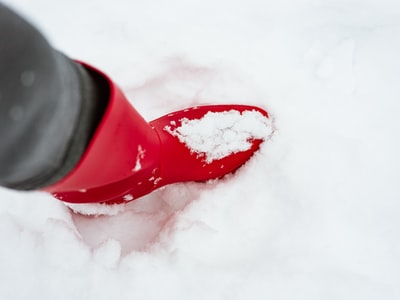
- transport
- defence
- homeostasis
- lymph and tissue fluid production
The blood or circulatory system is, in essence, a system of tubes around the body through which blood flows. Tissues receive the substances they require and waste products are taken away. Mammals and birds contain two circulatory systems: one which circulates blood from the heart to the lungs and then back to the heart and one which circulates blood from the lungs to the rest of the body. This is known as a double circulatory system.
There are four main types of blood vessel that make up the circulatory system that you need to remember in your A Level Biology Revision :
- arteries
- arterioles
- veins
- capillaries
As you can see from the table below , the structure of each blood vessel relates directly to their function.
| Name | Structure | Function |
| Arteries
Arterioles Capillaries Venules Veins |
The arteries carry blood away from the heart (the only exception being the pulmonary artery). As the blood is travelling at a high pressure from the heart they consist of thick walls composed of elastic fibres. The outer fibrous layer protects the vessels while the inner squamous epithelium is smooth thereby reducing friction.Arteries branch of into smaller arterioles before reaching the capillaries. They’re also composed of thick, smooth, muscular walls which are able to contract and relax. This has a direct effect on the body’s blood pressure: the less relaxed or dilated vessels, the higher the blood pressure.
The smallest of the vessels, their purpose is to allow substances to flow between the cells and the arteries and veins. As they’re only one cell thick this diffusion can happen very easily. Capillaries form networks called capillary beds so that all cells are completely surrounded. They are able to ‘open’ and close’ depending on what’s required, a process called autoregulation. The higher the metabolic rate of the cells, the larger the capillary bed to supply the need of oxygen and nutrients. This is a small vein which transports deoxygentated blood from the capillary bed to the veins. Like arterioles they have three layers but because they have less smooth muscle they’re thinner. Veins return the deoxygenated blood to the heart to be pumped to the lungs (apart from the pulmonary veins). The blood is travelling at a lower pressure so veins have thinner walls and larger lumens. As there is no pulse the skeletal muscles which run alongside them contract. Valves located throughout the length of the veins prevent blood from flowing back in the wrong direction (backflow) by closing as the blood flows past them. |
Continue reading for more help with your biology revision :
As well as acting as a form of go between, capillaries also play an important function in regards to tissue fluid. Tissue fluid is the substance formed when water along with a few white blood cells and other dissolved substance diffuse through the capillaries. This fluid surrounds the cells and is vital for the transport of oxygen and nutrients from the blood to the cells and carbon dioxide and other waste products from the cells to the blood.
Some of the tissue fluid flows back into the capillaries and end up in the lymphatic vessels where it becomes lymph (although its composition hasn’t changed). The walls of the lymph vessels are even thinner than those of the capillaries and so larger particles can enter into the lymphatic system. This is particularly relevant for dangerous particles like bacteria or cancer cells. As the lymph passes through the lymph nodes these particles can then be filtered out.